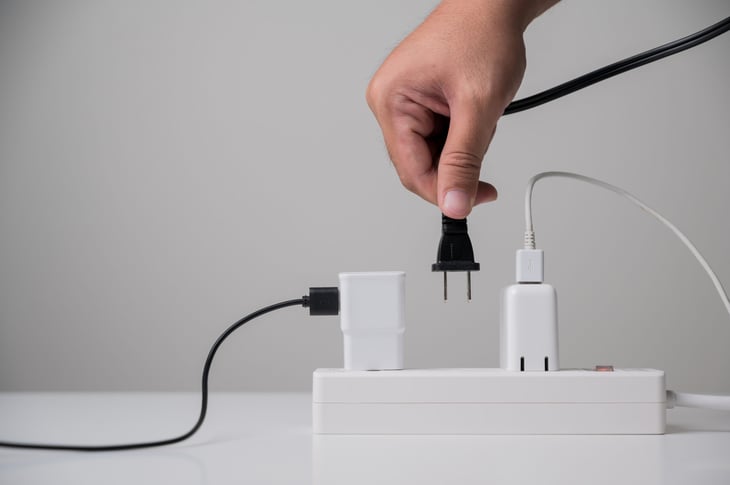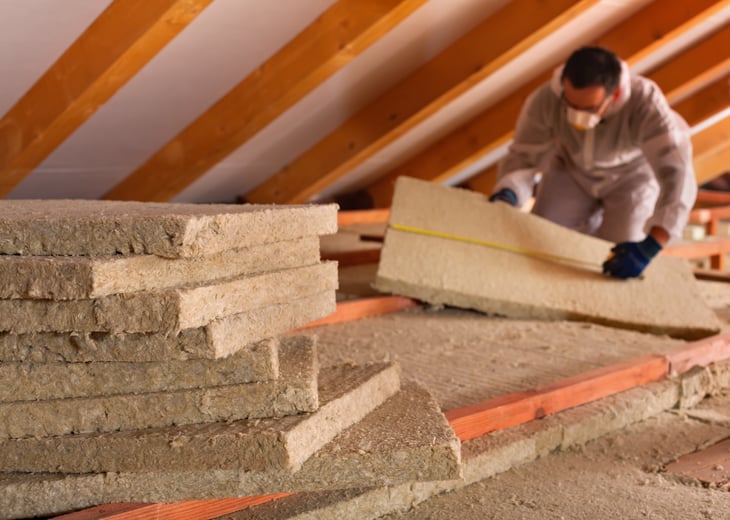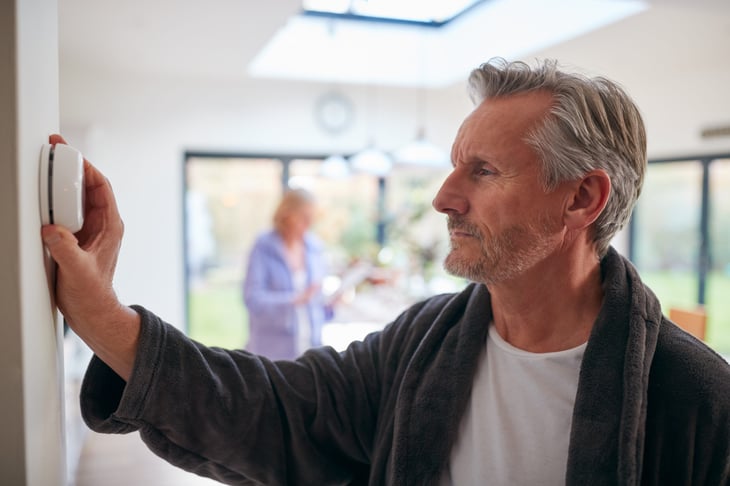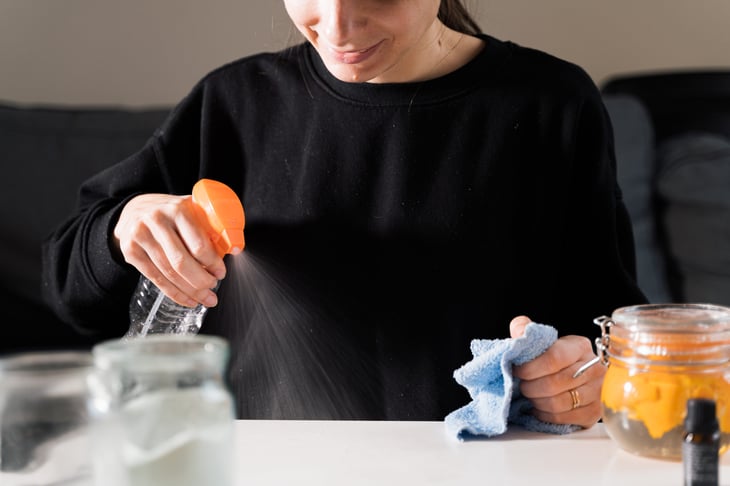
Editor's Note: This story originally appeared on Point2.
In recent years, more and more homeowners have been making a concerted effort to “go green.”
Making more environmentally friendly decisions has enormous benefits in improving the world we live in, but there are many other advantages to be gained.
On a personal level, people who make greener choices in their houses will normally enjoy considerably lower energy bills and a greater level of comfort. This combination of saving the world and saving money sounds great, but how to do it?
Fortunately, it’s not overly complicated or time-consuming — even a few small changes can make a big difference.
So, with that in mind, let’s look at ways to make your home greener.
1. Opt for Energy-Efficient Appliances

You don’t need to throw out all of your appliances at once and swap them with modern options, but as the time comes to replace them, seek replacements that come with an Energy Star label.
These energy-efficient alternatives boast some fantastic reductions in terms of energy consumption:
- Fridges: -20%
- TVs: -30%
- Dishwashers: -41%
In some cases, the savings can be even more extreme. For example, that spare fridge from the 1990s could be costing you as much as $300 a year to operate. Swapping it out for a new, energy-efficient one could see that drop to less than $90 a year.
When it comes to upgrading your HVAC systems or AC units, it’s better to spend a bit more up-front on a more energy-efficient model rather than opting for the cheapest one. Over the following months, the energy savings will far outweigh the initial cost.
2. Unplug Appliances and Avoid ‘Phantom Power’

Some appliances, in particular older TVs, desktop computers, stereo systems, and even certain kitchen appliances, continue to use energy even when turned off.
With most homes estimated to have around 40 such items plugged in at once, this continual drain on your electricity can add up to approximately 10% of your total energy bill.
Do your research and unplug those appliances needlessly sitting on stand-by until you actually need to use them.
3. Improve Your Insulation

While old appliances certainly do consume a lot of power, poor insulation is almost always the main culprit in terms of excessive energy consumption in most homes.
Poor insulation results in large fluctuations in temperature, which means your HVAC system has to work overtime to maintain a consistent temperature.
Have a professional come around to seek out weak points, known as thermal bridges, or do it yourself using a thermal imaging camera.
Thermal bridges are often located in the attic and around doors and windows. Fitting double or even triple-pane windows and doors can make a considerable difference.
Paired with improved insulation in the attic, you’ll be able to maintain a consistent temperature in your home throughout the year, massively improving comfort.
If you’re on a budget, drafty windows can be temporarily fixed with coverings or even thick drapes. Finally, simply keeping doors and windows closed as much as possible can also do wonders for maintaining a constant temperature and reducing your energy bills.
4. Get Smart With Temperature Control

Even with the best insulation, you can still make savings by adjusting your home’s temperature to match the outside temperature better. The bigger the difference between the two, the more your HVAC system has to work and the more energy it will use.
By simply dropping or raising the thermostat by a couple of degrees, you can make some significant savings without feeling much difference.
Upgrade to a smart thermostat to automate the process and have control over it even when you’re not at home.
Studies show that the optimum room temperature is between 66.2 degrees and 71.6 degrees Fahrenheit, so try to stick within this range where possible.
In winter, avoid overheating, as you can ensure a better night’s sleep and boost your metabolism by resting in a cooler room. Additionally, this reduces humidity, helping keep colds and asthma symptoms at bay.
5. Switch Your Light Bulbs

To reduce energy consumption and also decrease unnecessary landfill waste, it’s well worth switching to Compact Fluorescent Lights (CFLs).
These use up to 66% less energy than traditional incandescent bulbs and also last up to ten times longer.
6. Ditch Plastic

An easy way for any homeowner to go green is to reduce single-use plastic as much as possible.
From bamboo toothbrushes and canvas shopping bags to refillable toiletry bottles and loose fruit and veg, there are countless ways to remove unnecessary waste from your home.
7. Reduce Water Waste

Even a tiny drip can lead to hundreds of gallons of wasted water over time — bad for the environment and your wallet.
Fixing these leaks can save you a hefty chunk of cash on your energy bills in the future, but there are plenty of other ways to save water and money:
- Take a shower instead of a bath
- Turn off the faucet while brushing your teeth or shaving
- Install low-flow showerheads and toilets
These are just a few ideas, but you can look at your own habits to see where else you can save water.
8. Cook in Bulk

Cooking in bulk offers two benefits to those looking to be greener.
First, you reduce energy consumption by not having to cook every day and decreasing the amount of time your oven is on.
Second, you’ll prevent food waste, as you can ensure you use all the ingredients you’ve bought and can freeze your portions.
As a bonus, it’s also a fantastic time saver.
9. Switch to Natural Cleaning Products

It’s easier than you might think to make your own cleaning products. Doing so can cut plastic waste and reduce the amount of toxic substances that end up in the local water supply.
Baking soda and vinegar both enjoy a wide range of uses, from stain and odor removal to cleaning your teeth and hair, but there are plenty more out there.




Add a Comment
Our Policy: We welcome relevant and respectful comments in order to foster healthy and informative discussions. All other comments may be removed. Comments with links are automatically held for moderation.